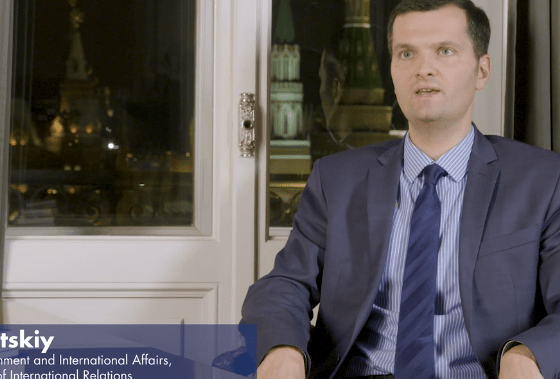(Point & Counterpoint) On a few recent occasions, the Kremlin has conceded to street protests and chose to respond to public demands rather than resort to hard repressions. Is this shift likely to last, or is it a mere tactical maneuver?
The increase in political and economic grievances and rising protest sentiments in Russia present the Kremlin with a dilemma. On the one hand, the protracted decline (or, at best, stagnation) of Russians’ real incomes that has lasted for five straight years makes it more and more difficult to control the people’s political behavior. On the other hand, these challenges create a temptation for the Kremlin to launch large-scale coercion and repressions. Still, this temptation (at least, as of yet) has not become a reality. Indeed, the Kremlin has not resorted to mass long-term imprisonments, large-scale police violence, the full closure of semi-free news outlets, a total ban of uncontrolled social media, or an elimination of formally competitive elections. Instead, the Russian regime has relied on a menu of manipulations, including cooptation of potentially disloyal agents, selective and partial appeasements of protests, the use of “divide-and-rule” tactics vis-à-vis the regime’s rivals, and rather selective repressions. To what extent is the policy of “velvet gloves” control relevant for the Kremlin? Is Russia likely to switch to the “iron fist” model typical of many authoritarian regimes?












